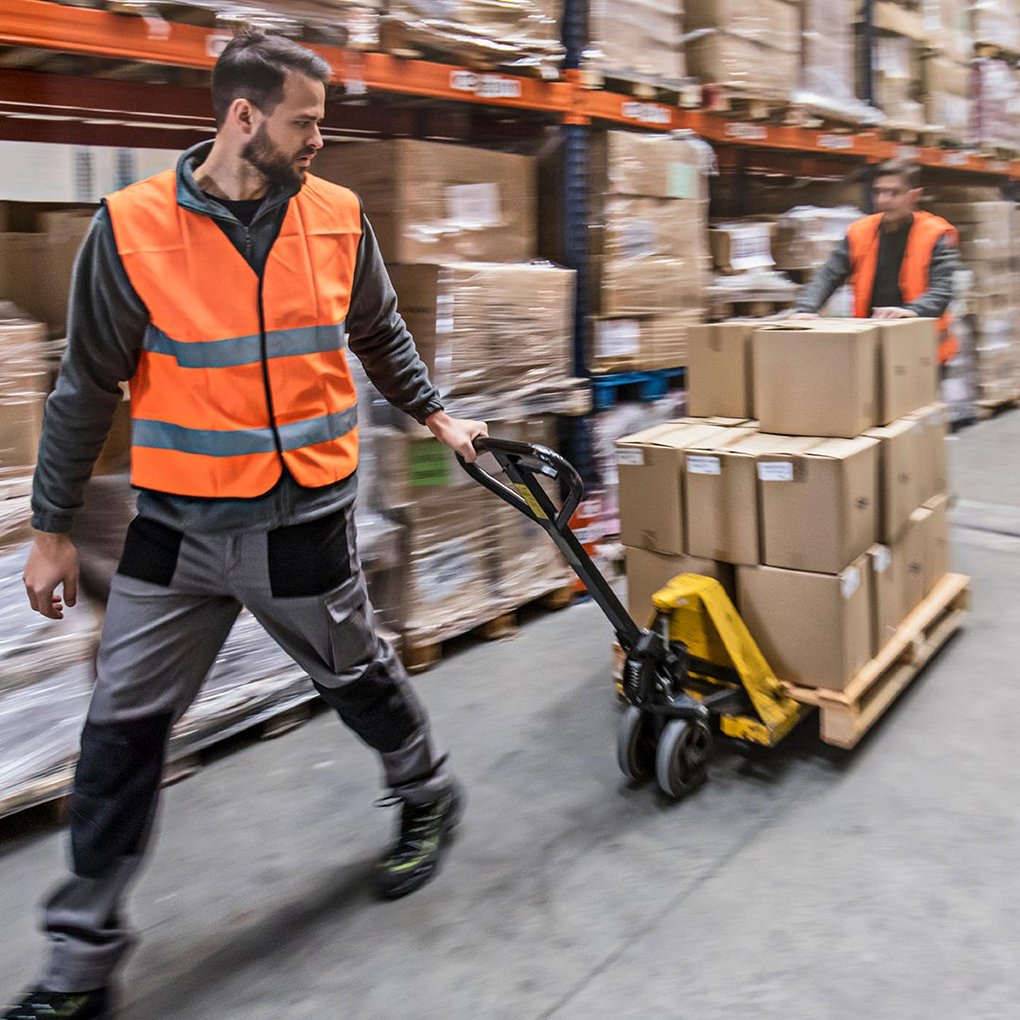
Client:Royal Mail Group
Industry:Transportation & Logistics
Region:Europe
Contact Center
A royal RPA success

662,000
hours handed back to employees
£55 million
saved with RPA
Client Overview
The Royal Mail is a postal service and courier company in the United Kingdom, originally established in 1516. The company's subsidiary, Royal Mail Group Limited, operates the brands Royal Mail and Parcelforce Worldwide.
One of the oldest organizations in the world, Royal Mail Group (RMG) can trace its origins back to 1516. With its predecessors, it’s responsible for a number of global firsts including the Penny Black, the world's earliest adhesive postage stamp. That proud tradition of innovation continues today as it rolls out software robots. To date, this has handed back £55 million and 662,000 hours of employee time.
Ask any person or business what their most valuable non-renewable resources are, and they will inevitably tell you: time and money. There are never enough of either. On a personal level, we all find this a challenge. And it becomes an even bigger problem when you have 137,000 staff, 50,800 vehicles, 37 mail centers, and 11,100 local collection networks.
However, RMG has found a way to cut costs and hand time back to staff with robotic process automation (RPA)—and it’s been a huge success. It all started back in 2017 when the firm embarked on a digital transformation journey that began with a process simplification and automation program.
Since kicking off, we've introduced RPA to six areas of the business. These are operations, customer experience, finance, HR, commercial and fleet.
Mike Hitchins • Program Lead at RMG
In the operations team, RPA was used to change the way delivery office managers across 1,250 locations complete tasks. “Previously, they started at 6:00 am to access six systems, extracting data they would need to brief staff at 7:00 am,” explained Hitchins. “Each manager would do this in their own way. This took time, caused stress, limited productivity, and held back performance.”
Unattended software robots were introduced to extract data, automatically, presenting it to managers in a standard format each morning, allowing them and their teams to focus on their key tasks—not administration.
The feedback from staff has been fantastic. A manager from Rochester told us he loves the report and it will save a lot of time, making things far easier to manage. Another from Doncaster told us the level of information is invaluable. Overall, teams are very excited about using automation.
Mike Hitchins • Program Lead at RMG
Meanwhile, customer experience agents were using a range of archaic systems. “They were hard to navigate and took time to use,” said Hitchins' colleague, Phoebe Woods, a Business Analyst at RMG. “This limited the ability of employees to provide a great experience for customers,” she added. Software robots were introduced, named SamYax and YaxMan after a much-loved colleague, Sam Yaxley, who sadly passed away.
“SamYax is an attended robot used to provide a new interface for the agents,” added Woods. “They can task the robot to get the info they need without having to use the legacy technology. The same robot is also used to take on tasks after calls have finished, sending standard information that is easy to understand and action.”
YaxMan is an unattended robot that undertakes the same type of work but uses data customers enter in web forms.
Customer service staff have been impressed with the pair of robots. Jan Thompson, Head of Non-Account Improvement, said, “SamYax not only enables us to focus our advisors on having great conversations with our customers but also helps our less experienced people develop in their roles and achieve our goal of having a multi-skilled workforce.”
Summarizing how customer experience robots have improved outcomes, Woods said:
“The robots make it easier to use systems so agents can concentrate on customers, not technology. They also reduce training time. Because the robots also pick up actions after calls, staff can be available for other customers. Furthermore, follow-up information sent by robots from the customer experience teams to delivery offices is in a standard format, so operational teams know exactly what they need to do.”
In the Finance department, robots were used to improve the handling of accounts. “RMG has a huge number of customers—many very small. If one of them doesn’t pay on time, their account needs to be suspended,” continued Hitchins. “Once their payment is received, the account must be reinstated. Doing this manually took herculean effort and led to some accounts not being suspended or reinstated on time. The result was the loss of revenue.” Robots now manage this process in real time, protecting revenue.
The robots make it easier to use systems so agents can concentrate on customers, not technology. They also reduce training time. Because the robots also pick up actions after calls, staff can be available for others customers.
Phoebe Woods • Business Analyst at RMG
These examples highlight just four of the 85 automated processes implemented across the business. Together, the impact has been colossal. Hitchins and his team had originally aimed to deliver £13.7 million in financial benefits. So far, they’ve delivered £55 million—that equals an ROI over 300% above expectations.
This comprises £4.8 million in employee time saved, £22.4 million in additional revenue, £17.5 million in cost reduction/avoidance, and £10.3 million in capacity creation. At the same time, approximately 662,000 hours of time have been handed back to employees. This has improved employee efficiency, satisfaction, and engagement.
Overcoming challenges
As with any large technology deployment, there were challenges, such as managing change. The team behind the program was keen to take an incremental approach. For example, when introducing robots to delivery office managers, an initial group of five employees were chosen and empowered as automation champions. They helped define how the robots would work before the robots were rolled out across all 1,250 offices.
Starting small meant that 'teething problems' could be quickly resolved before full deployment. Each robot has since been 100% reliable, removing any concerns. Furthermore, watching this progress boosted end user confidence. “A once change-averse organization has embraced automation,” enthused Hitchins.
Another challenge was the scale of the deployment for delivery office managers. Running six days a week, 3:00 am - 7:00 am, across 1,250 offices meant that innovative automation design was key. Robots extracting data from legacy systems via their user interfaces was too slow and would have required more than 1,000 robots. To solve this, the process was split into two. A data extraction step was executed first, which the robots processed, combining information from other sources. This only required 18 robots.
Looking to the future
The process simplification and automation program is far from over. “There are a further 10-12 projects planned for the operations team and more automation in the customer experience department,” said Hitchins.
There are also plans to roll out automation to the HR team, supporting the onboarding process for new employees. A previous project had already been piloted to support the recruitment of tens of thousands of seasonal staff to deliver around the Black Friday and Christmas period. This will now become part of the HR process and will incorporate chatbots, intelligent optical character recognition (OCR), and speech recognition capabilities.
The possibilities are endless. In many ways, RPA is a solution looking for a problem. We’re educating people on the art of the possible and sharing what we can do. As perceptions change, we will be capable of more—and will be able to deliver greater savings back to the business.
Mike Hitchins • Program Lead at RMG
While the possibilities may well be endless, what’s been achieved to date is staggering. It’s especially impressive given many of the automations have been used for smaller individual automated tasks undertaken at high volumes in distributed field offices. Hitchins and his team have been able to apply RPA beyond the traditional approach of centralized back-office automation to reach 1,250 separate sites across the United Kingdom (UK).
As a result, they have won the admiration and support of managers, staff, and customers—all of whom have benefited. They’re the superheroes, wielding the superpower of automation to create robots so people don’t have to be robots. It's a royal RPA success.
Related case studies
Ready for your own case study?
Speak to our team of knowledgeable experts and learn how you can benefit from agentic automation.




